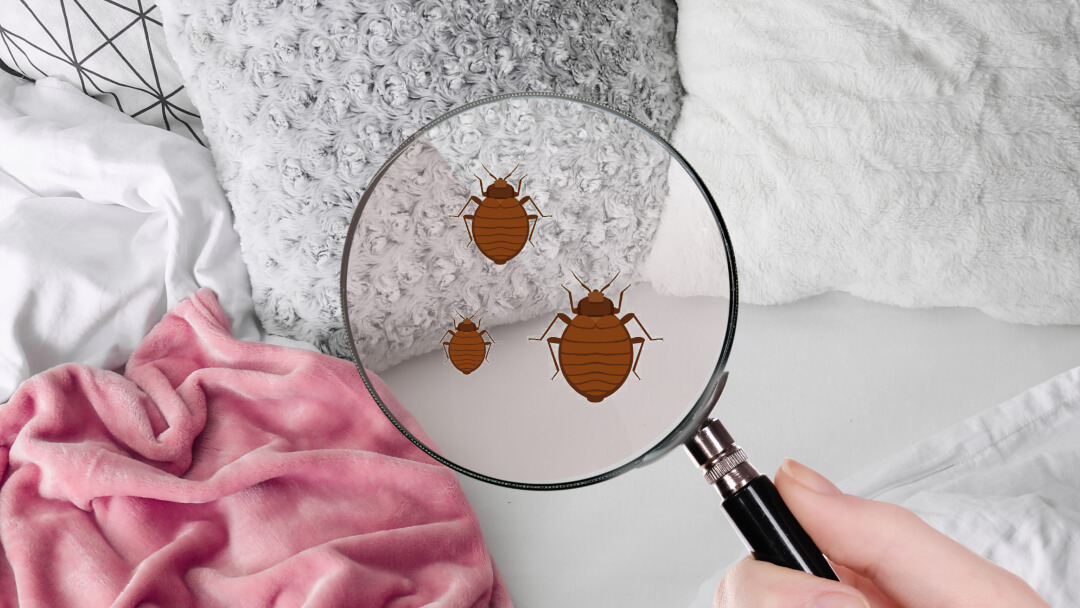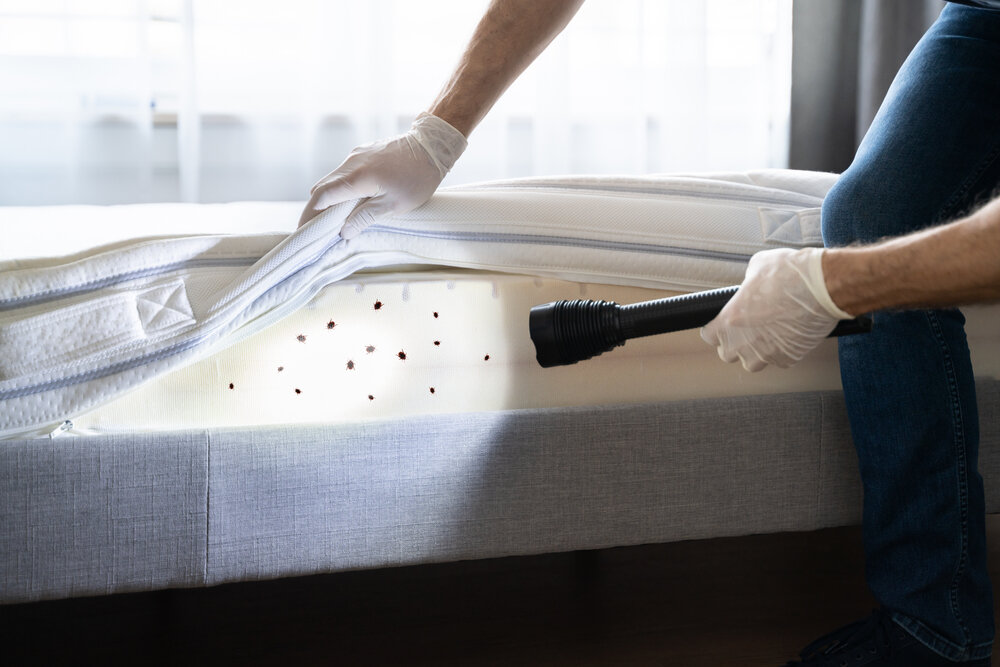Relied On Kings Pest Control Cincinnati OH: Expert Services
Wiki Article
Types of Pest Control: Which Approach Is Right for Your Problem?
When faced with a bug infestation, the choice of an ideal approach for pest control is essential in properly handling the scenario. From chemical therapies to biological options, there exists a series of strategies that can be employed to deal with various kinds of parasites. Each method features its own set of advantages and factors to consider, making the decision-making procedure a nuanced one. Recognizing the subtleties of each technique and reviewing their compatibility with the specific bug infestation available is crucial for attaining lasting success in insect monitoring. By discovering the different types of pest control approaches available, individuals can make enlightened decisions tailored to their one-of-a-kind conditions, guaranteeing a more lasting and efficient end result in insect obliteration.Chemical Insect Control
Chemical pest control involves the usage of synthetic or normally derived chemicals to take care of and eliminate pest populations successfully. This method is frequently made use of in agriculture, forestry, and domestic setups to fight a large range of insects, consisting of rodents, weeds, and bugs. Making use of chemical pesticides can supply quick and targeted remedies to pest invasions, making it a popular selection for lots of individuals and organizations.One of the key benefits of chemical pest control is its capacity to quickly remove bugs, reducing the danger of damage to plants, residential property, and human health and wellness. By utilizing particular chemicals that target certain bugs, this approach can successfully regulate invasions while decreasing harm to beneficial organisms and the setting when applied properly.
However, making use of chemical parasite control also increases concerns regarding possible adverse impacts on non-target varieties, water sources, and human wellness. It is essential to adhere to safety standards, apply chemicals properly, and take into consideration alternative insect control approaches to reduce these threats and ensure sustainable bug monitoring practices.
Biological Bug Control
Biological insect control, also known as biocontrol, makes use of living microorganisms to take care of and minimize pest populaces normally. By utilizing the pest's all-natural killers or pathogens, organic bug control provides a environmentally pleasant and lasting service to pest management.
Mechanical Pest Control
Utilizing physical and hands-on approaches to manage insect populations, mechanical bug control supplies an alternative method that does not depend on the usage of living organisms or synthetic chemicals. This method involves making use of barriers, catches, or various other tools to literally hinder or eliminate pests. By blocking insect entrance points or establishing traps to catch them, mechanical insect control can successfully minimize invasions without presenting chemicals right into the atmosphere.you can try these out One usual instance of mechanical bug control is using mesh displays on doors and windows to stop bugs from going into buildings. This easy yet effective method acts as a physical barrier, maintaining parasites out while enabling correct air flow. Furthermore, gadgets like mousetraps, fly swatters, and ultrasonic repellents fall under the mechanical insect control category.
While mechanical pest control approaches can be labor-intensive and call for routine tracking and maintenance, they provide a sustainable and environmentally pleasant solution for managing pest infestations. By combining different mechanical techniques, property proprietors can develop a detailed bug control technique that reduces reliance on chemical pesticides.
Physical Parasite Control

Some typical physical parasite control approaches consist of using barriers such as screens or nets to stop bug access, catches to record and remove pests, and hand-picking to physically remove insects from plants or structures. Furthermore, methods like warm treatments can be used to control insects like bed bugs by raising the temperature to levels that are lethal to the pests.
Physical parasite control is specifically valuable in incorporated parasite monitoring (IPM) strategies, where multiple parasite control approaches are incorporated for efficient insect administration while reducing the use of chemicals. By utilizing physical parasite control strategies, people can efficiently deal with pest infestations with marginal ecological impact.
Integrated Pest Monitoring
When carrying out physical bug control methods as component of bug administration strategies, Integrated Parasite Monitoring (IPM) becomes a comprehensive strategy that leverages different why not try these out techniques to properly manage pest populations. IPM concentrates on lasting avoidance of bugs through a mix of biological, cultural, physical, and chemical devices tailored to details bug issues. By incorporating multiple control techniques, IPM aims to decrease the dangers related to parasites while likewise lowering reliance on chemical solutions.One secret aspect of IPM is the focus on monitoring and assessing pest populaces to determine one of the most appropriate control approaches. This positive approach enables very early intervention and targeted methods, resulting in more efficient bug management. Additionally, IPM advertises eco-friendly techniques by prioritizing non-chemical control techniques and just using pesticides as a last option.
Final Thought

why not try this out By making use of the insect's all-natural predators or virus, biological pest control uses a ecologically friendly and lasting service to pest management. - Kings pest control Cincinnati
Making use of manual and physical approaches to handle parasite populations, mechanical bug control supplies an alternate strategy that does not rely on the use of living microorganisms or synthetic chemicals.An efficient strategy to handling parasite populations without depending on chemical or organic methods entails the use of physical bug control methods.When applying physical pest control techniques as component of pest administration approaches, Integrated Pest Administration (IPM) arises as an extensive strategy that leverages various strategies to effectively manage pest populaces. Chemical pest control includes the use of chemicals, biological bug control makes use of natural killers, mechanical parasite control includes physical obstacles, physical insect control consists of capturing or removing pests, and integrated pest management combines multiple methods for a holistic method to pest control.
Report this wiki page